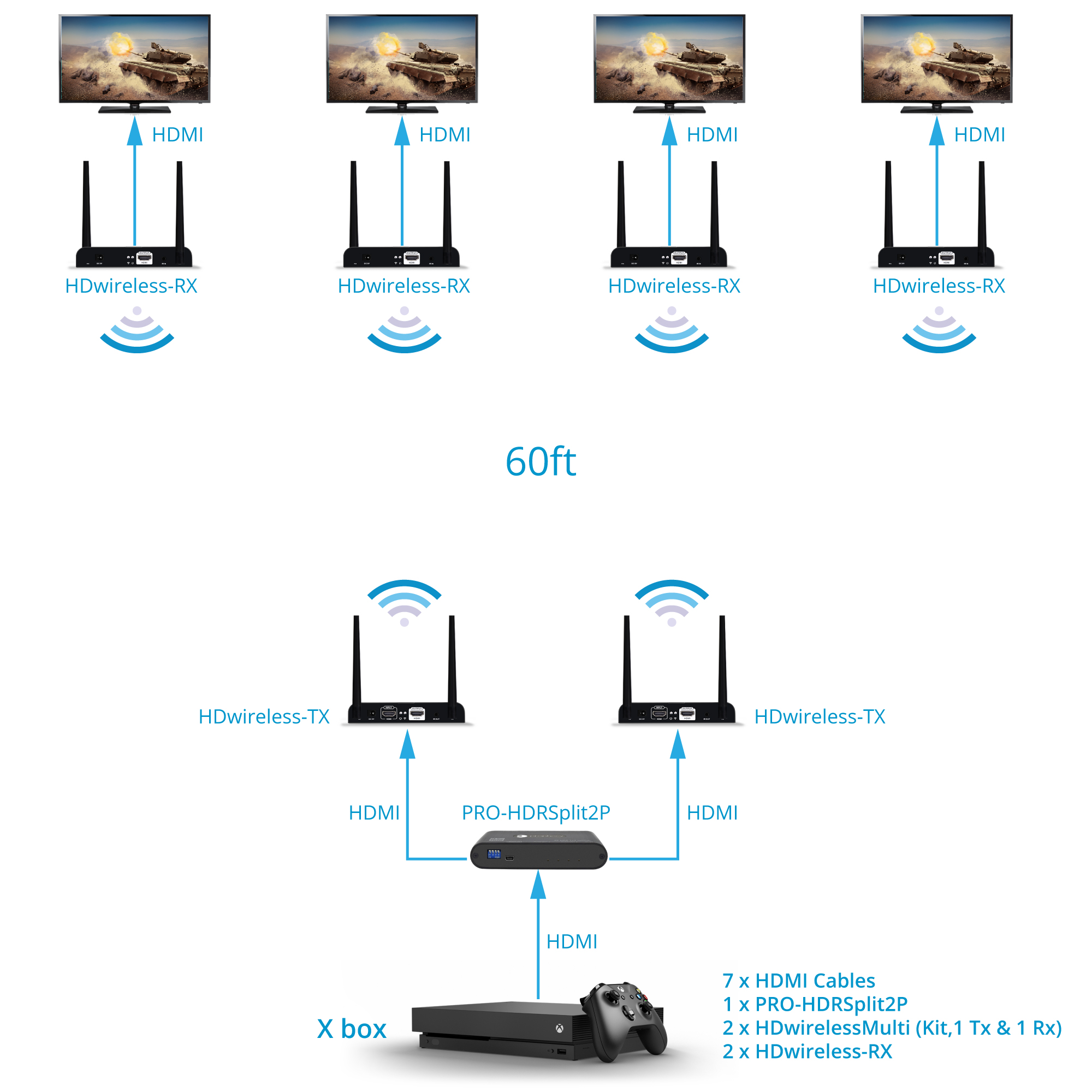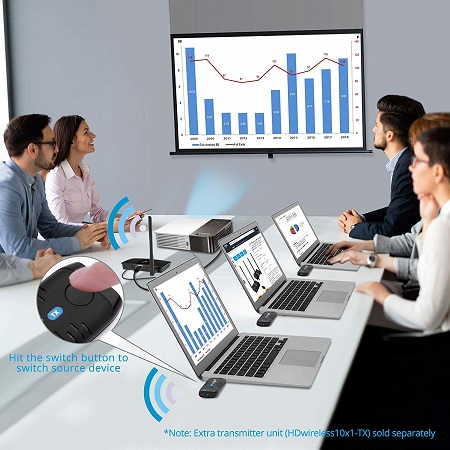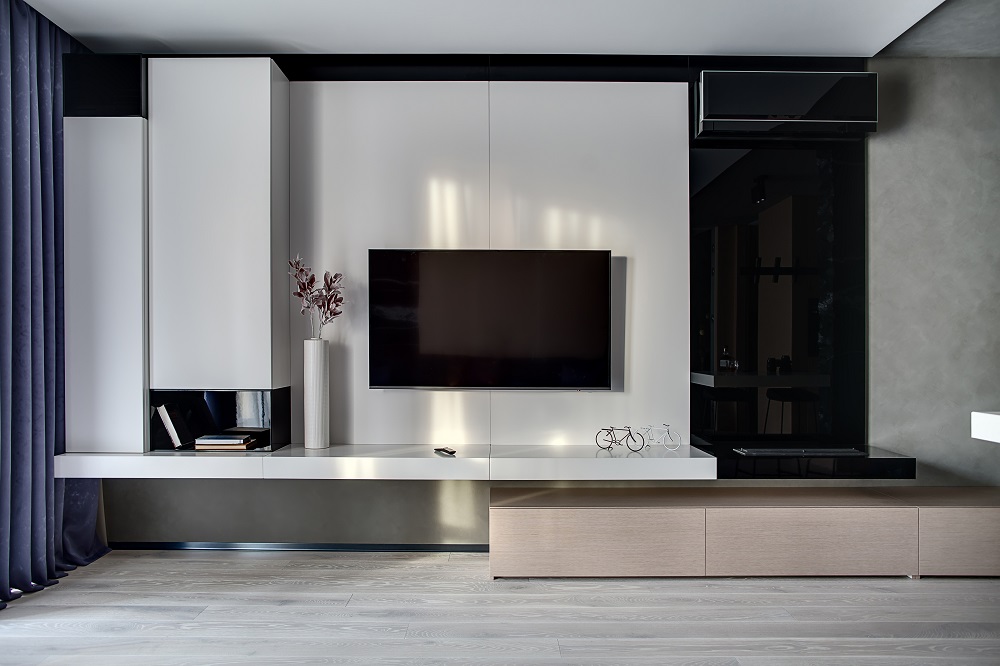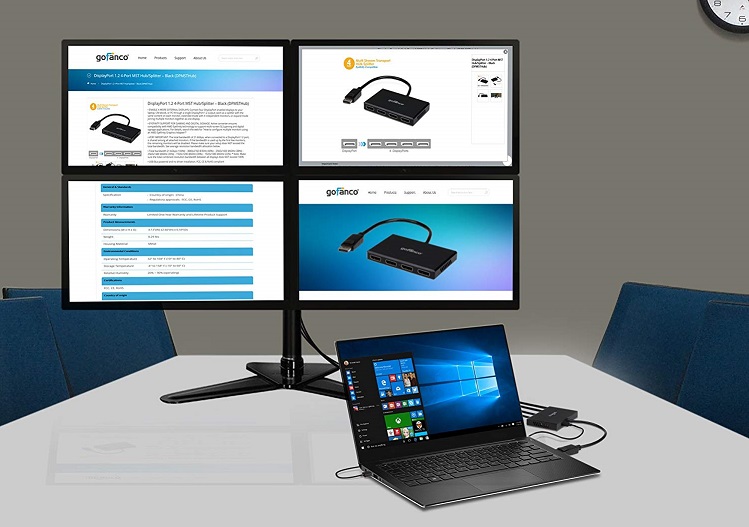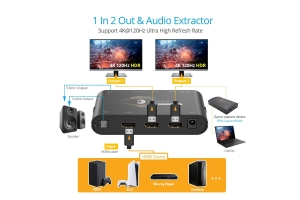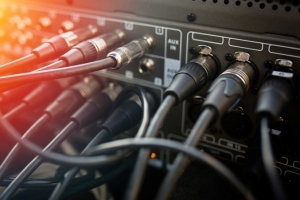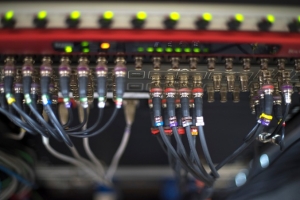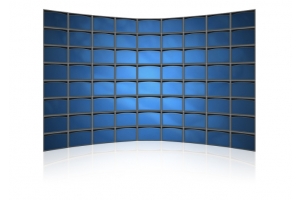We use cookies to make your experience better. To comply with the new e-Privacy directive, we need to ask for your consent to set the cookies. Learn more.
Informational
- Read more »
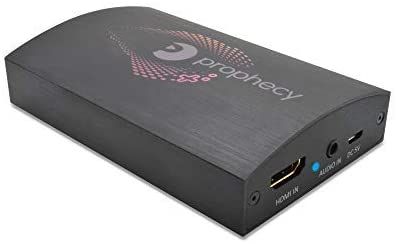
PRO-Capture Series Devices Troubleshooting Guide
1. Make sure the HDMI output from source is NOT HDCP protected. The capture device requires non HDCP signal to work.
2. Is the Camera set to 1080p or below? Capture device could not handle the resolution above 1080p60. 1080i sources are not supported.
- Connect your camera to a monitor directly to make sure your HDMI is working properly.
- Connect the camera to a
- Posted: January 21, 2020Tags: wireless hdmi extenderRead more »
Would you like to wirelessly extend an HDMI signal to 4 distant TVs simultaneously?
There is a demand for a 1x4 wireless HDMI extender splitter configuration, but you will have difficulties finding a full kit to serve this purpose.
This resource is intended to show you how a configuration of gofanco devices can allow you to achieve just that.
So, let’s dive right in.
What you will need:
- 1 x PRO-HDRsplit2P
- 2 x HDwirelessMulti
- 2 x HDwireless-RX
- 7 x HDMI cables
HDwirelessMulti is the wireless HDMI e
- Read more »
In this short post, you will learn what Power Over Ethernet (PoE) and Power Over Cable (PoC) are and how they can benefit your AV set up, whether it be security cameras or outdoor TVs.
More and more AV installers and residential users are turning to PoE and PoC equipment to provide power to remote areas where power outlets aren’t available and running long power cords is inconvenient.
PoE and PoC are both based on the same principle of simultaneously providing both data and power over the same cable from one device to another.
What is Power Over Ethernet?
Power over Ethernet, commonly known as PoE, is a technology used to pass electrical power long with data (video and audio from HDMI or other) over CAT 5e/6/6a/7 Ethernet cabling from one device to another. It is standardized to adhere to a specific v
- Posted: September 23, 2019Categories: InformationalRead more »
HDbitT is a popular AV over IP industry standard protocol for video transmission and digital connectivity. HDbitT stands for High-Definition Digital bit Transmission Technology and is a relatively new protocol used in residential and commercial Audio/Video over IP delivery applications; such as: home theater, custom installations, digital signage, video conferencing, and collaboration integration.
HDbitT enables high-definition audio/video up to 4K@60Hz transmission via network cables, fiber optics, power lines cables, wireless, and more transmission mediums. It provides stable performance, better image clarity, further transmission distance, and other advantages compared to older protocols.

HDbitT’s goal is to revolutionize the AV industry to help manufacturers, l
- Posted: August 21, 2019Read more »
Huddle or small meeting rooms where 2-10 employees meet to discuss projects, share reports, or brainstorm, move more efficiently with a content sharing solution. It should cater to a variety of presenters and media to operate simply and smoothly, so that a highly collaborative environment is created.
These meetings involve displaying presentations or other content on a big screen like a projector or HDTV, from multiple laptops. It can be messy and time consuming to plug and unplug HDMI cables to connect different sources and is an inconvenience to set up your laptop right next to the big screen.
Wireless HDMI
Wireless HDMI is a simple and cost-effective way to modernize your meeting room without having to deal with expensive or complicated installations. Wirelessly pass video and audio from a laptop or other HDMI source to your TV or projector by connecting a transmitter to the laptop and the receiver to the TV or projector.
Wireless HDMI allows your
- Posted: July 26, 2019Categories: InformationalRead more »
Wireless HDMI is taking home theater systems by storm!
Homeowners are looking to modernize their living spaces with flat panel TV’s mounted on the wall and cable boxes hidden away. Some may call this a minimalistic approach to home décor.
Modern technology is making this feat a lot easier and we are here to show you how.
Wireless HDMI solutions aren’t new, but they are more reliable and accessible than ever before.
Previously you couldn’t trust that a wireless HDMI signal would be able to hold up in most environments. Signal drops, bad quality picture, and latency made it impossible for wireless HDMI to become a trend. In addition, these systems were expensive and there weren’t many options to choose from.
Now the tides have turned! Wireless HDMI solutions are now readily available at relatively affordable prices to give users the home the
- Posted: June 26, 2019Categories: InformationalRead more »
There has been a recent trend in AV, involving the integration of built-in downscalers to equipment such as splitters, switches, and matrixes. With little documentation on the topic, this post aims to give some background and explain its importance. We will quickly review what downscaling is and express three reasons why AV installers, enthusiasts, streamers, and the typical user should be excited about it.
Let’s dive right in.

What is Downscaling?
Downscaling allows for content from one source to be played on displays in their native resolution. For example, if your video source outputs 4K (2160p) and you have one 1080p display and one 4K display, t
- Posted: June 13, 2019Categories: InformationalRead more »
As business professionals, we are always searching for ways to increase productivity and get the most out of our work week. One of the most proven ways of doing this is to create a multi-display system, by adding one, two, three, or even six external monitors. In fact, Core Communications, sums up four studies which quantify the productivity boost of just one extra monitor. According to one study by the University of Utah, a second monitor can save each employee 2.5 hours each day if they use it for all their tasks. In turn, this time saved equates to money saved.
Fortunately, DisplayPort’s Multi-Stream Technology (MST) has provided an easy and cost-effective way to add multiple displays to your workstation. MST allows a DisplayPort 1
- Read more »
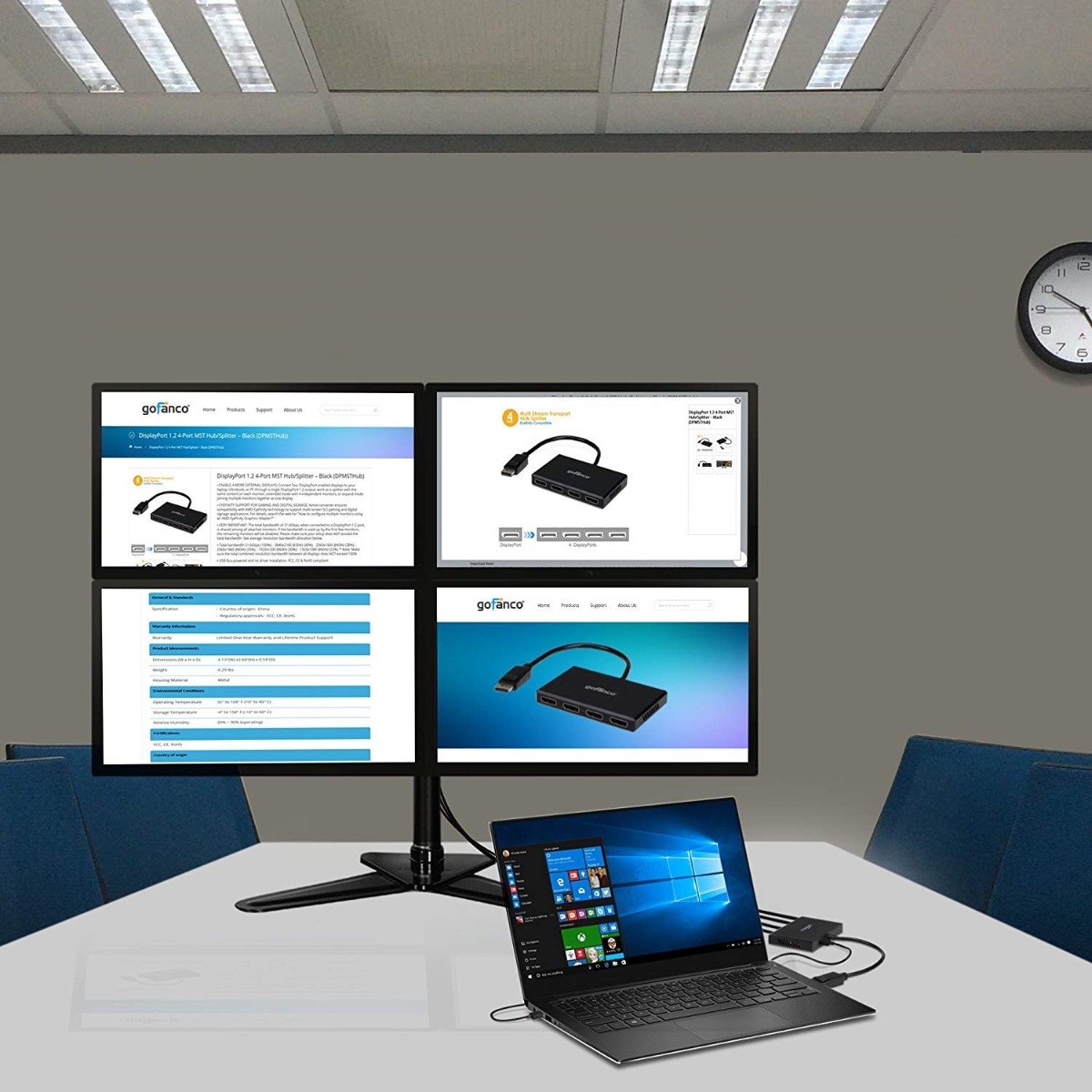
With the introduction of new devices with fewer ports, MST has become a beacon of hope for users looking to utilize multiple external monitors in their setups. DisplayPort v1.2 (introduced in 2009) gives users the ability to utilize MST functionality which was developed by VESA. Being able to view multiple applications is crucial to work productivity and multitasking. MST allows users to view multiple excel sheets, browser windows and emails through multiple external displays.
How MST works:
MST functionality can be used in two different ways: through an MST hub or Daisy-Chaining displays.
An MST hub configuration utilizes an external MST hub which is connected to a single DisplayPort v1.2
- Read more »
HDMI has replaced older analog video solutions and has provided an easier, more efficient way to transmit audio and video data. It is one of the core components of multimedia systems and it is hard to imagine ever going back to analog. That doesn’t mean it’s perfect.
Problem 1:
HDMI cables are the most familiar hardware and we love their simplicity. However, as with anything, HDMI cables have their downfalls. In this particular case, we will focus on distance.
HDMI cables lose effectiveness and reliability at certain lengths. 50 feet is generally known as the max distance you would consider using an HDMI cable, but it isn’t recommended to use an HDMI cable over 30 feet. Even after 15 feet, HDMI cables are more prone to signal degradation, leading to blinking, loss of signal, or snowy dots on the screen. HDMI cables 50 feet and over can prove to be very costly and are often

